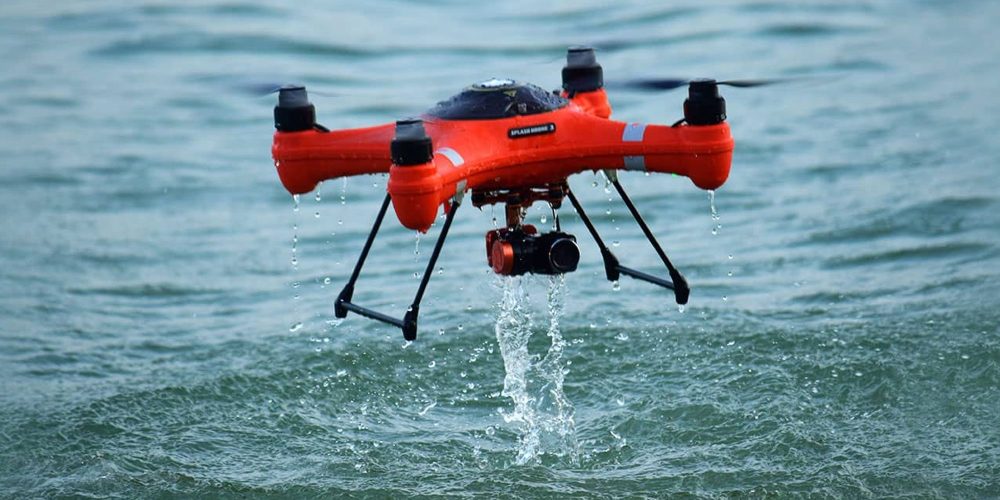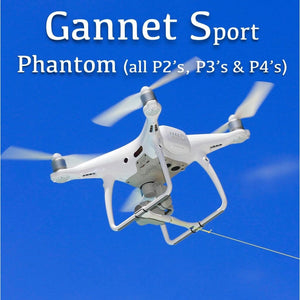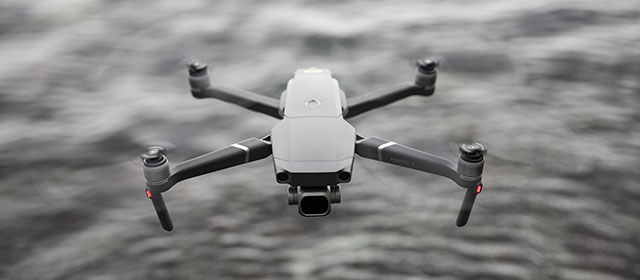
This article will cover the basics of a drone fishing device. We'll also look at what to pay attention to when choosing your drone, battery life, and payload. Next, we will discuss how to get the best drone. For more tips and tricks, read on. You'll soon have the drone of your dreams! Let's go !... and maybe catch some fish!
Basic drone fishing rig
You will need a good set hooks to get started with drone fishing. The fishing line should have a doubled length and be either mono or braided. A Cat's Paw Loop or Uni knot should be tied to the fishing line. You will also need a sinker (between two and eight ounces), and hooks to attach to every second section of the backbone. Attach the snap swivel's lead loop to your drone's end loop.
There are many options for creating a fishing drone. Attaching a hook and spinning the drone until the line releases is a basic way. Other low-cost ways include using a dropper to keep the fishing line below the drone and a drop line. The dropper lets you keep the main line down below the drone and not get tangled with the propellers. Fishing drones can be outfitted with accessories such as a dock or a battery pack.
You'll need some additional equipment after you have purchased your basic drone fishing kit. You will need a long fishing line (about 700 meters), as well as a bait-dropping device. These are all optional extras, but will make your drone fishing experience more enjoyable. A good drone will give you a clearer view of your surroundings, and you'll be able to spot fish more easily.

Payload for drone fishing rig
Safety precautions must be followed if you are going to fly a drone to catch fish. Your drone should not be flown in strong winds or rain. Here are some suggestions:
First, ensure that your drone is strong enough to carry your weight. If you load it with heavy lures and braided line, it will not be stable. If you are fishing near the seaside, wind can blow the drone off course. It's also important to check local regulations and laws, as some may not allow fishing from a drone. Once you've decided to go fishing with a drone, you need to choose one with solid carrying capacity.
Next is to determine what accessories you will need to mount to your drone. To reduce the weight distribution issues, it is a good idea to use a rigging system with a central attachment point. The motor struts and landing gear are the best points for attachment. It is important to avoid attaching any payload to the camera and gimbal because these can damage them. You can tie a fishing line running from one end of the camera to the opposite. To prevent it from slipping out, tape can be used to secure the fishing line.
Battery life for drone fishing rig
Before going out fishing with your drone, be sure to check the batteries and the other gear. This will help you keep the drone from running out of battery life and allowing you to focus on fishing instead of recharging. Some drones have solar panels or car batteries that allow you to charge them. Make sure your batteries are fully charged before you start. This will make sure your drone is ready when you arrive at your fishing spot.

Another important factor to consider is the drone's flight time. There are some models that have longer flight time than others. However, a drone with a flight time of twenty-two minutes is sufficient to get the job done. This is great if your goal is to spend hours on water with your drone. You should also be aware that drones with low endurance are inoperable, making it difficult to catch fish.
After setting up your fishing rod, attach the fishing clip to the drone's legs or motor struts. Attach the bait to the fishing rod. Be sure to lock the reel before you fly the drone and unlock it when you're ready to drop the bait. Once you release the line, tension will build and the drone will drop the bait in the water. You should charge the battery every time you use it, otherwise it might not function properly.
FAQ
Is it illegal to fly a drone?
Yes, flying drones is illegal in some countries such as Australia, Canada, Germany, Japan, New Zealand, Singapore, South Korea, the United Kingdom, and the United States. It is legal to fly drones in other countries like France.
You can fly a drone as high as you like without a license.
The FAA has no limit on how high you can fly a drone. However, they do require you to register your unmanned aircraft system (UAS), which includes the registration number, model name, weight, size, serial number, manufacturer's name, date manufactured, and other information.
What are the rules for operating drones?
Register your drone with the FAA. This registration involves information such as the weight, size, battery capability, and operating frequency. You will also need to get an FAA identification number.
Can I fly my drone around my neighborhood?
Yes! These are known as UAVs (unmanned air vehicles). There are many kinds of drones today. They range from small quadcopters, to large fixed-wing planes. The FAA recently released new rules for commercial UAV use, meaning that they are now legal to fly for business purposes. But, it is important to note that UAVs being flown near airports can interfere with air traffic control systems. Before you operate one, you need permission from local authorities.
Do I need any special training to fly drones?
You don't require any special training to fly your drone. A remote control unit is all you need. You also need to have some basic knowledge of flight mechanics.
Is it possible to buy a drone from overseas?
You can buy many types of drones online. Some prefer to purchase their drones via Amazon, eBay, and Walmart. Others opt to purchase their drones direct from manufacturers.
What is the difference of a quadcopter and an hexacopter, you ask?
A quadcopter is an four-rotor helicopter which flies in the same manner as a conventional helicopter. It has four rotors which rotate independently. A quadcopter has four rotors. The hexacopter has six. Hexacopters have more stability and maneuverability than quadcopters.
Statistics
- According to industry research from ZipRecruiter , there are 10 cities where the typical salary for a Drone Pilot job is above the national average. (dronesgator.com)
- According to ZipRecruiter, the minimum hourly wage of drone pilots is $20. (thedroneu.com)
- With the top 10% making over $100/h and the bottom 10% making as low as $10/h. (dronesgator.com)
External Links
How To
How to Fly Drones with Beginners
A drone is a remotely-controlled aircraft that is used for aerial photography and surveillance. Drones are a technology that has been around since World War II. DJI's Phantom quadcopters became commercially available in 2010. There have been many drones made since then. These range from beginner-friendly drones like Parrot AR Drone 2.0 to more advanced multi-rotor craft like DJI Mavic Pro.
There are many methods to fly a Drone, including
-
Remote control - This method uses a control device attached to your hand, which enables you to steer the drone through its flight path. There are two main types, On/Off switches (like radios) and joysticks.
-
Manual Control - Using a smartphone app, this method allows users to remotely operate the drone via GPS coordinates. The app will give you instructions.
-
Autonomous Flight – This is when the drone handles all the piloting tasks. It's basically flying autonomously without any human intervention. The drone must be equipped with a camera and sensors that can capture images and data in order to fly autonomously.
-
Triggered Flight: This is similar in concept to manual control. The pilot manually creates a route and the drone then follows it until it reaches that endpoint. Once the programmed route has been completed, the drone returns to the base automatically.
-
Landing Gear: Some drones have landing gear that allows them safely to land in case they lose power or run low on battery.
-
Goggles-Some pilots use goggles to protect their eyes from debris during operations.
-
Camera - Some drones can be equipped with cameras which enable you to capture photos from the sky.
-
Obstacles: Some drones are equipped with obstacle avoidance systems to prevent them from hitting obstacles.
-
Speed - Some drones reach speeds exceeding 40 mph.
-
Battery Life - Most drones last between 20 and 3 hours depending on how much power they have.
-
Range - Depending on the model, some drones can travel up to 30 miles away.
-
Power source - Some drones need an external power source, while others use internal batteries.
-
Weight - Some drones are lighter than others, while some models can weigh as much as 4 pounds.
-
Size - The size of drones varies from small, easily carried devices to more substantial crafts that weigh in excess of 50 pounds.
-
Price - All drones fall within a specific price range, from high-end models that can cost thousands of dollars to lower-cost options starting at $100.